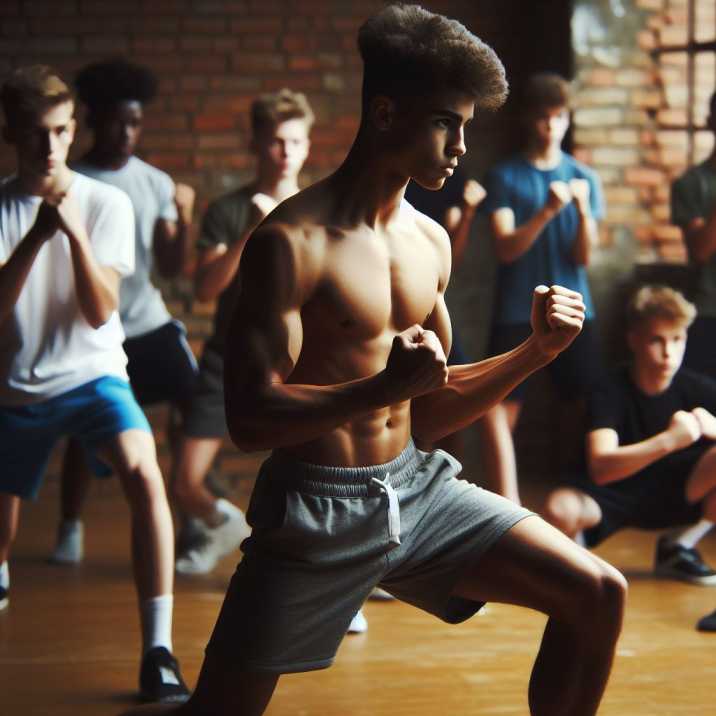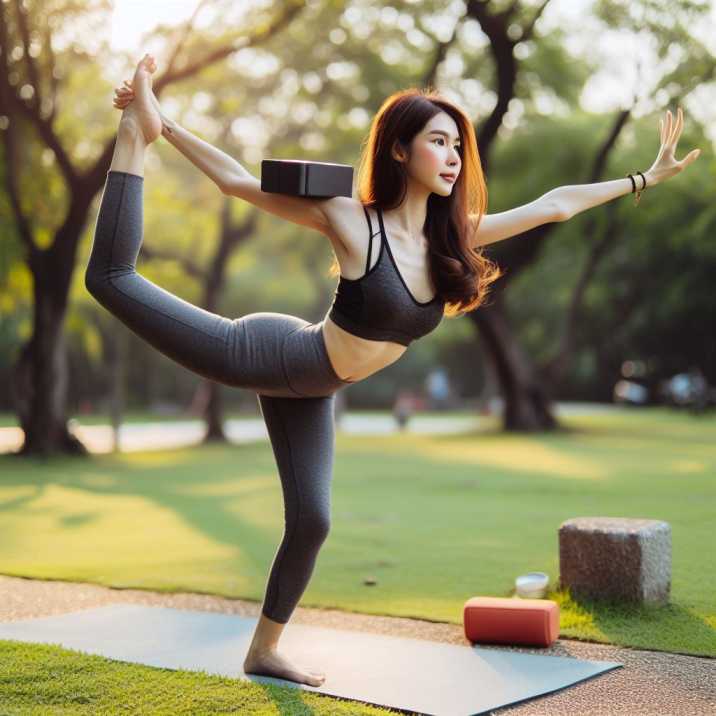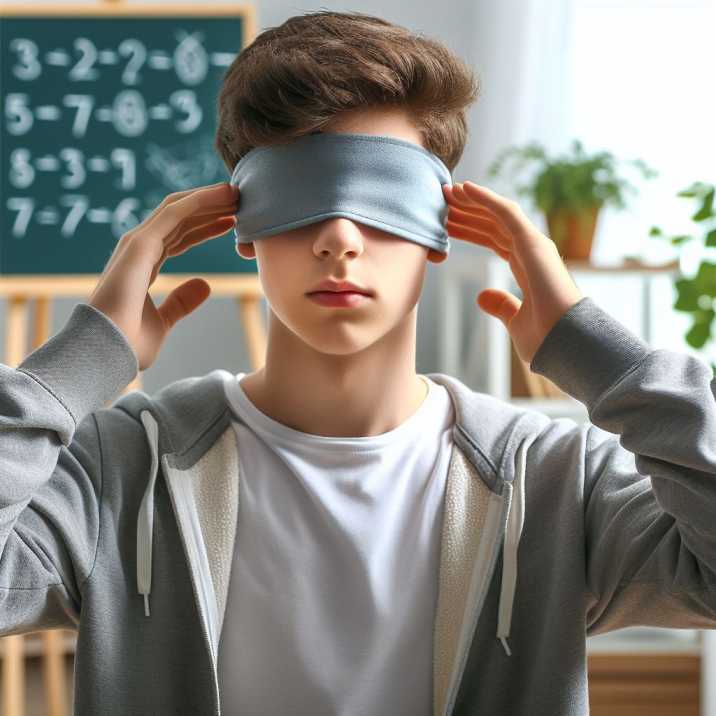Drills for Teenage Martial Arts Students
Table of Contents
Introduction:
In the dynamic world of martial arts, balance is a fundamental aspect that lays the foundation for a successful practitioner. For teenage martial arts students, mastering balance is not just a skill; it’s a crucial element that can significantly impact their overall performance. In this comprehensive guide, we’ll delve into various balancing drills for teenage martial arts students, providing valuable insights and practical tips to enhance their martial arts journey.

Importance of Balance in Martial Arts:
Before we dive into specific balance drills for teenage martial arts students, let’s understand why balance is paramount in martial arts. A solid foundation in balance not only improves stability but also enhances agility and coordination. It’s the key to executing powerful strikes, evading opponents, and maintaining control during intense sparring sessions. As teenage martial artists develop their skills, focusing on balance ensures a well-rounded and proficient practice.
The Stork Stand – Building Core Stability
One of the fundamental balance drills for teenage martial arts students is the Stork Stand. This exercise emphasizes core strength and stability, crucial components for maintaining balance during complex movements. To perform the Stork Stand, students lift one leg and hold the position, challenging their core muscles to keep them steady.

Balance Board Exercises – Enhancing Proprioception
Proprioception, or the body’s awareness of its position in space, is vital for martial artists. Balance board exercises are excellent tools for developing proprioception in teenage students. Incorporating movements like tilting and rotating on a balance board enhances their body awareness, translating to improved balance and coordination in their martial arts techniques.
One-Legged Kicks – Combining Balance and Technique
To bridge the gap between balance drills and practical application in martial arts, incorporating one-legged kicks is highly effective. This drill challenges teenagers to maintain balance while executing kicks, simulating real-life combat scenarios. It not only enhances their physical balance but also integrates the skill seamlessly into their martial arts repertoire.
Blindfolded Balancing – Heightening Sensory Perception
Balancing drills extend beyond the physical realm; they also enhance sensory perception. Introducing blindfolded balancing exercises encourages teenagers to rely on their sense of touch, sound, and intuition. This heightened awareness not only improves balance but also cultivates focus, a valuable asset in martial arts training.

Partner Balancing – Fostering Teamwork and Trust
Martial arts is not just an individual pursuit; it’s also about teamwork and trust. Partner balancing drills create a dynamic environment where teenagers learn to synchronize their movements with a partner. This fosters trust and cooperation, essential qualities in sparring and other collaborative aspects of martial arts.
Conclusion:
Mastering journey for an ongoing balance drills for teenage martial arts students. By incorporating these diverse balancing drills into their training regimen, they can elevate their skills, build a solid foundation, and navigate the intricate world of martial arts with confidence. Balance not only shapes them physically but also instills discipline, focus, and a resilient spirit that extends far beyond the dojo.
FAQs:
- Why is balance crucial for teenage martial artists?
- Balance is fundamental for stability, agility, and effective technique execution in martial arts. It forms the core of a well-rounded practice.
- How often should teenage martial artists incorporate balancing drills into their training?
- Balancing drills should be integrated regularly, ideally a few times a week, to steadily improve skills and maintain a strong foundation.
- Are blindfolded balancing exercises safe for teenagers?
- When supervised and with proper precautions, blindfolded balancing exercises are safe and contribute to enhanced sensory perception.
- Can partner balancing drills be done individually?
- While partner balancing drills are designed for collaboration, variations can be adapted for individual practice, focusing on self-awareness and control.
- What is the role of proprioception in martial arts?
- Proprioception, the body’s awareness of its position, is crucial in martial arts for precise movement, coordination, and effective execution of techniques.


